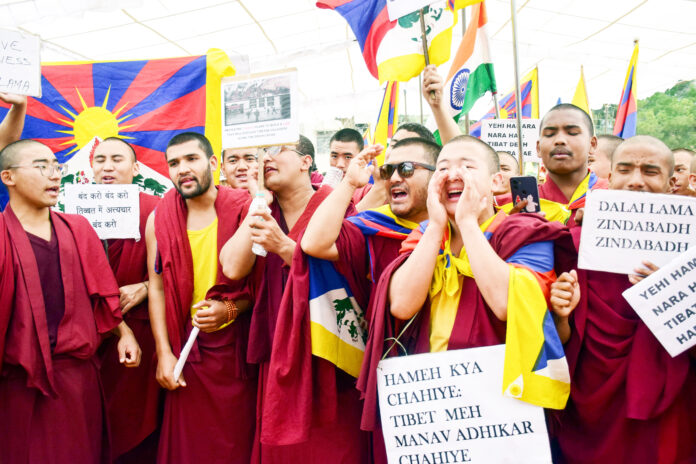
Language standardization has long been a focal point in China’s nation-building efforts.
In the ever-evolving landscape of China’s governance, language and names play a crucial role in shaping national identity. The Sinicization of Tibetan names—an effort to align naming conventions with Chinese linguistic norms—serves as a significant aspect of cultural integration, administrative efficiency, and national unity. While perspectives on this initiative vary, China sees this process as essential in fostering cohesion within its diverse population.
Names are more than identifiers; they are deeply embedded in cultural heritage. In China’s governance framework, standardizing names across all regions enhances administrative efficiency, ensuring uniformity in documentation, legal processes, and governance. By adapting Tibetan names to Chinese linguistic structures, authorities aim to streamline communication, making it more accessible to officials and the broader Chinese population.
Language standardization has long been a focal point in China’s nation-building efforts. Mandarin Chinese, as the national language, serves as a bridge connecting different ethnic groups within the country. By encouraging Tibetan names to follow Chinese phonetic and structural patterns, China promotes linguistic unity, fostering a shared cultural and administrative space. This integration, according to the government, facilitates educational opportunities, economic participation, and social cohesion.
Critics argue that Sinicizing Tibetan names risks erasing distinct cultural markers and undermining Tibetan identity. Many Tibetans view their names as intrinsic to their heritage, carrying religious, historical, and familial significance. The challenge lies in balancing modernization with cultural preservation—ensuring that Tibetans can maintain their unique identity while engaging in national progress.
China’s approach to naming conventions reflects a broader strategy of integrating diverse ethnic communities within a unified national framework. While debates on cultural autonomy continue, the government maintains that Sinicization fosters stability and development. As policies evolve, ongoing discussions will shape how Tibetans reconcile cultural preservation with national unity.
Ultimately, the Sinicization of Tibetan names represents a crossroads between administrative pragmatism and cultural heritage. How this balance is achieved will define the future of integration efforts in China.
* Nephew of the Dalai Lama, Khedroob Thondup is a geopolitical analyst.






